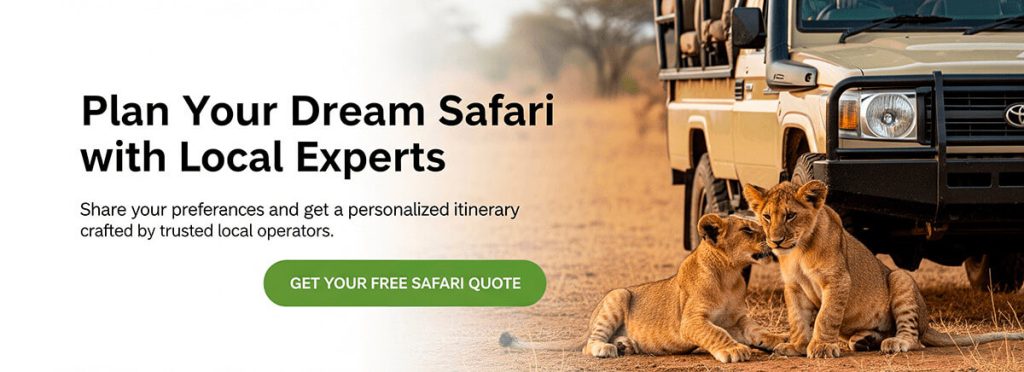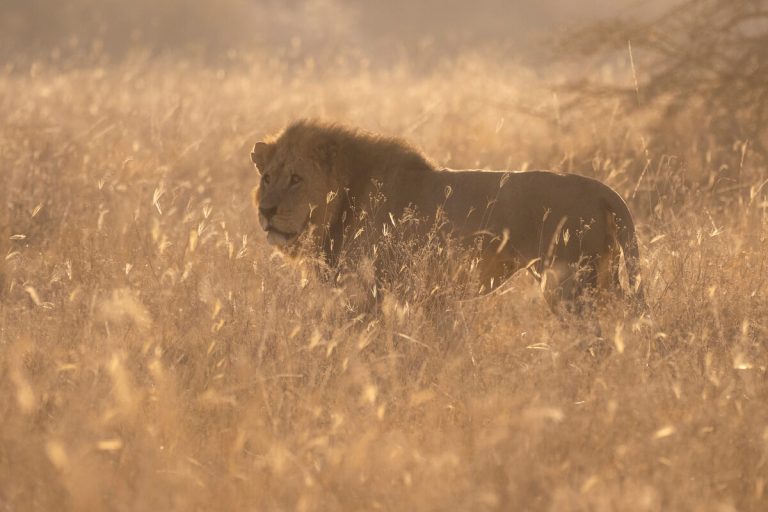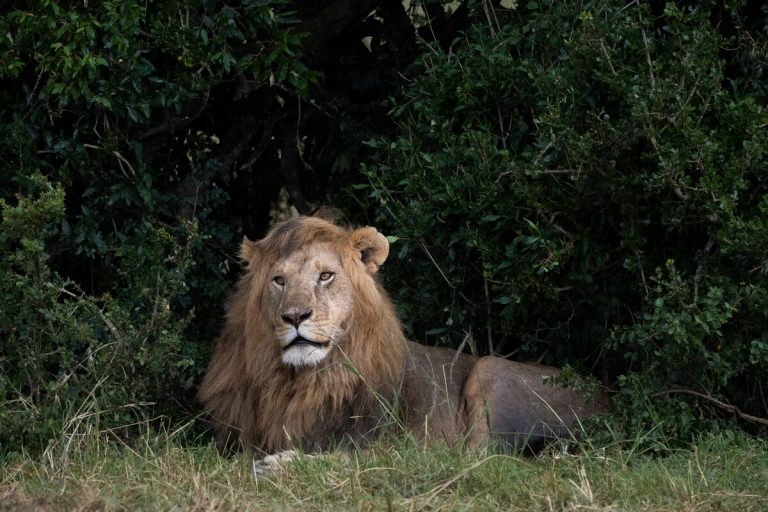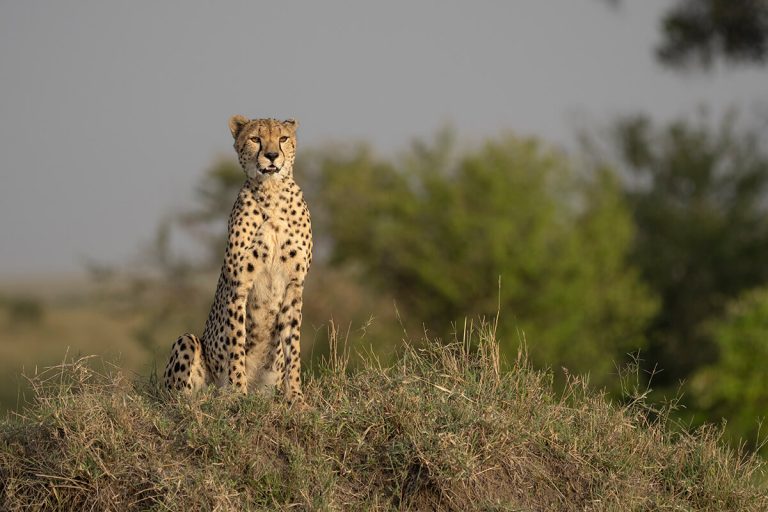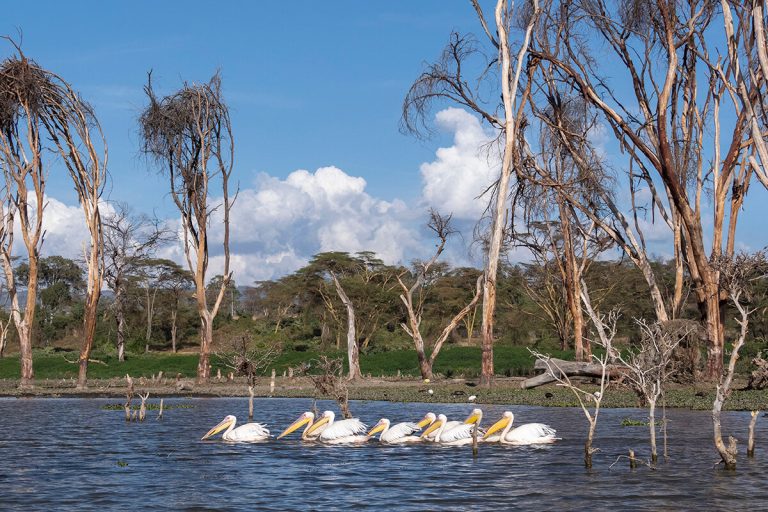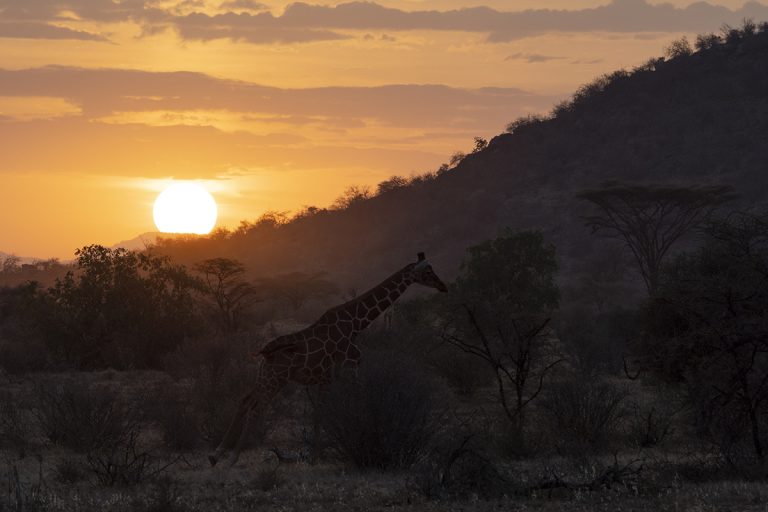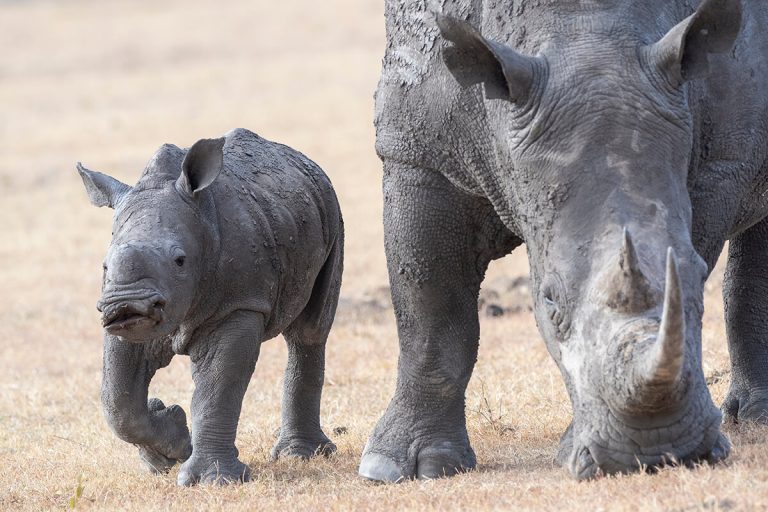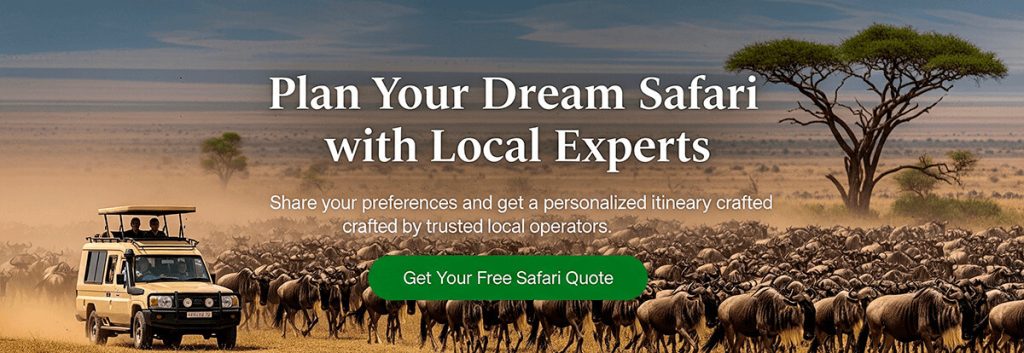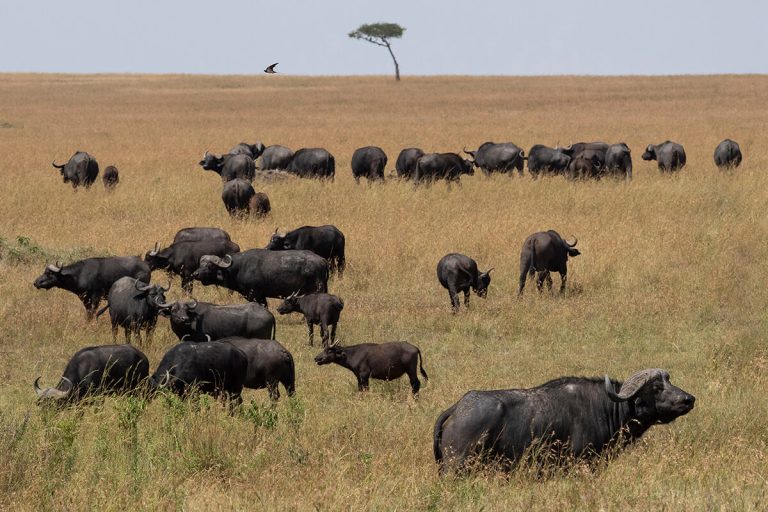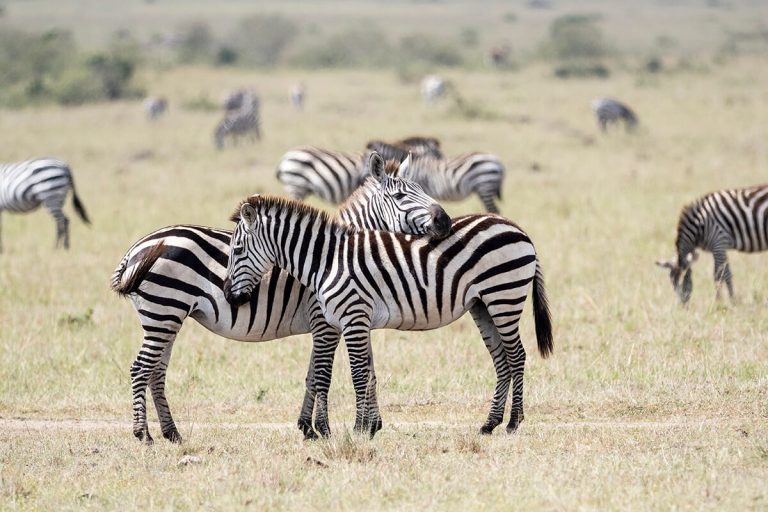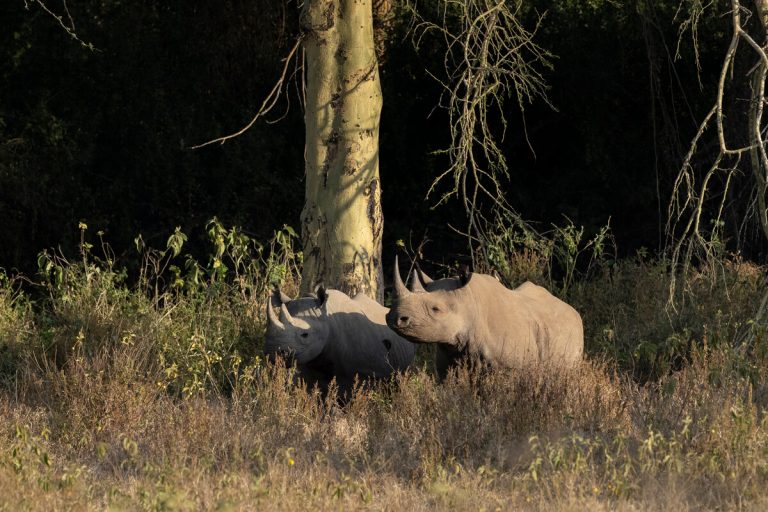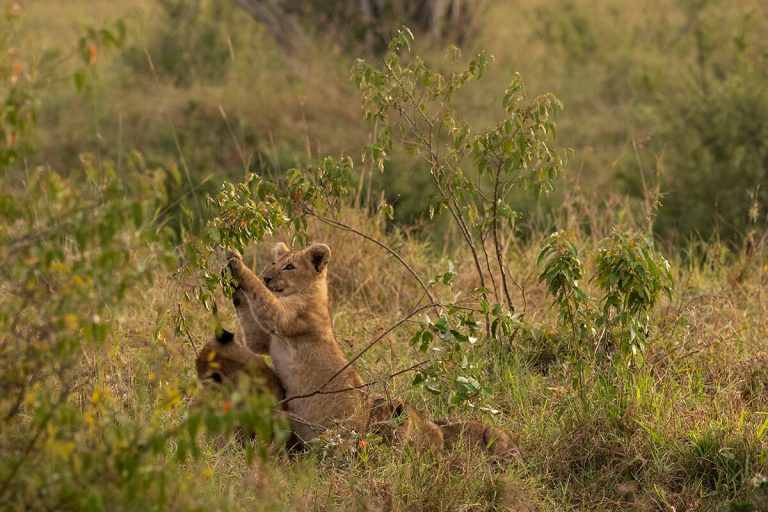Planning a Trip to Kenya: Itinerary, Cost & Tips
Planning a trip to Kenya had always been one of my travel dreams. I was interested in taking a journey to visit several national parks, and above all, to spend several days in the Masai Mara. For nature lovers, and especially those fascinated by big cats, there are few places that compare to this national reserve.
Although Kenya is much more than just its safaris, with paradisiacal beaches in Mombasa and interesting trekking routes in Mount Kenya National Park, I wanted to focus my trip to Kenya on wildlife observation. I chose an itinerary to explore different ecosystems and animals.
Planning a Trip to Kenya: What to know before the trip
Essential Travel Information
How to Get to Kenya
When planning a trip to Kenya, the most common way to arrive is by plane to Jomo Kenyatta International Airport in Nairobi. From the capital, you can easily reach national parks and reserves by car.
How to Get Around Kenya
While it’s possible to travel around the country by bus, if you’re planning a trip to Kenya focused on safaris, it’s highly recommended to have a 4×4 (whether by booking a trip with an agency, renting a car with a driver, or renting a car and driving yourself). Buses can get you to the outskirts of national parks, and you can book half-day or full-day safaris from accommodations. However, these are usually more expensive. Therefore, if you plan on going on safaris every day, having a car is more cost-effective.
For those planning a self-guided trip to Kenya, there are several agencies that rent 4×4 vehicles, such as Road to Africa or 4×4 Self Drive Kenya. However, if you don’t have safari experience, it’s advisable to rent a car with a driver-guide. Knowing the national parks is essential for seeing more wildlife and getting the most out of the experience. Some local agencies that rent cars with drivers include BigMac Africa Safaris or Explorer Kenya.
Another option is to directly book a multi-day safari that includes transportation and accommodation. In such cases, you can use this form to get in touch with local agencies I trust, who will prepare a personalized itinerary and quote for the type of trip you want to plan.
Where to Stay
Booking accommodations for a self-guided trip to Kenya is quite simple. All national parks have a good range of accommodations, both within the reserves (which tend to be more expensive) and on the outskirts. Most options are listed on Booking.com and can be booked directly there. In other cases, you can make reservations directly from the accommodation’s website. For simpler options, reservations might need to be made via email, and payment is often confirmed via bank transfer.
For nature and outdoor enthusiasts, there’s also the option of camping inside the reserves. These campsites are managed by the authority that oversees the reserve, with prices ranging from $15 to $50 per person. Reservations are not available in advance, and payment is made upon entry to the reserve.
Emergency Numbers
The emergency numbers in Kenya are 112 and 999.
For Spanish consular emergencies, the number is +254733631144.
Vaccinations
Yellow fever is endemic in Kenya, so the yellow fever vaccine is mandatory.
It’s also recommended to get vaccinations for hepatitis, tetanus, and typhoid fever. Depending on the duration of the trip, other vaccines may also be recommended. The best approach is to visit a travel medicine center a few months before departure to get the full health information.
Malaria
Malaria is present in Kenya, so it’s important to take all possible measures to avoid mosquito bites: a good repellent, a mosquito net, and light-colored, long-sleeved clothing. Although most accommodations provide mosquito nets, they often have holes, so it’s a good idea to bring an extra one.
In most cases, prophylactic malaria medication is recommended. Again, it’s best to consult a doctor at a tropical medicine or travel health clinic.
SIM Card
To have internet access during a self-guided trip to Kenya, you can easily purchase a SIM card at the airport. At Jomo Kenyatta International Airport, SIM card booths are located right after the baggage claim area. There are several companies, but if you’re traveling to nature areas, Safaricom is the most recommended as it has the best coverage in national parks.
In my case, I bought a Safaricom SIM card and paid 1,100 shillings for 5GB. Other companies offer more affordable options, but the coverage tends to be worse.
Another option is to get an eSIM with unlimited data before starting your trip. I recommend Holafly for this.
Visa
Previously, when planning a trip to Kenya, whether solo or with an agency, a visa was required. However, this changed in 2024. Now, Spanish citizens traveling to Kenya for tourism or business no longer need to apply for a visa, but they must obtain an Electronic Travel Authorization (eTA). This application must be made through this website.
To apply for the eTA, the following documents are required:
- A passport with at least 6 months validity from the date of arrival in Kenya.
- A passport-size photo (or a digital photo taken during the eTA application process).
- Contact details.
- Arrival date and the planned itinerary during the trip to Kenya.
- Accommodation reservation or an itinerary in case a full safari is booked with an agency.
- A credit or debit card to pay the eTA fees, which cost $35 per person.
It’s important to note that this application can be made up to 3 months in advance, and approval of the eTA typically takes about 3 days. Additionally, the eTA approval only allows one entry into Kenya, so if you need to re-enter, you must apply for the authorization again.
Although this is the most common way to request authorization to travel to Kenya, if you plan to visit Uganda or Rwanda, it’s more efficient to apply for the East African Tourist Visa. This visa is valid for 90 days from the date of arrival, allowing free movement between Uganda, Kenya, and Rwanda. It’s important to apply for this visa through the embassy of the first country you will visit. The cost is $100.
Climate
Kenya is located near the equator, so temperatures remain relatively consistent throughout the year, with an average temperature of around 25°C. In some areas, it can get cooler at night, so bringing a sweater can always be helpful.
When planning a trip to Kenya, it’s important to consider the rainy and dry seasons. The heaviest rains occur in March, April, and May. There are also rains from October to December, but they are typically shorter and less intense. During the rest of the year, rainfall is usually minimal.
Economy
If you’re planning a trip to Kenya on your own, it’s important to be aware that crime rates in the country are high. However, the main tourist areas, especially those related to natural reserves and safaris, are very safe. During my trip, I felt secure at all times—whether traveling by road, visiting supermarkets, staying at accommodations, or exploring national parks.
Before your trip, it’s advisable to check the latest travel advisories from your country’s foreign affairs department. Some areas of Kenya are considered unsafe, particularly border regions and certain neighborhoods in Nairobi, so they should be avoided.
When traveling by road, extra caution is necessary. Kenyan drivers tend to drive recklessly, and road conditions are often poor, leading to frequent accidents. To stay safe, avoid driving at night and always adhere to speed limits. By taking these precautions, most road-related issues can be prevented.
Safety Tips When Planning a Trip to Kenya
If you’re planning a trip to Kenya on your own, it’s important to be aware that crime rates in the country are high. However, the main tourist areas, especially those related to natural reserves and safaris, are very safe. During my trip, I felt secure at all times—whether traveling by road, visiting supermarkets, staying at accommodations, or exploring national parks.
Before your trip, it’s advisable to check the latest travel advisories from your country’s foreign affairs department. Some areas of Kenya are considered unsafe, particularly border regions and certain neighborhoods in Nairobi, so they should be avoided.
When traveling by road, extra caution is necessary. Kenyan drivers tend to drive recklessly, and road conditions are often poor, leading to frequent accidents. To stay safe, avoid driving at night and always adhere to speed limits. By taking these precautions, most road-related issues can be prevented.
All About Safaris in Kenya
How to Book Your Kenya Safari
The easiest and most popular way to book your Kenya safari is through a local tour operator. I personally used a local operator for my trip and was extremely happy with the experience. These operators take care of all the details, from booking hotels and permits to providing up-to-date recommendations based on recent wildlife sightings. You can get quotes from trusted local tour operators on platforms like Safaris By Locals.
There are other safari options available, such as self-drive safaris or fly-in safaris where you travel between lodges by plane, and of course, international package holidays that cover everything including flights. The option you choose will greatly affect both the price and the overall safari experience. Below, I’ll explain the pros and cons of each.
1. Self-Drive Safari
Self-drive safaris are a popular choice for budget travelers. Although they seem cheaper, the savings are minimal when you factor in the costs of park permits, hotels, car rentals, and fuel. Without a knowledgeable guide, you miss out on valuable wildlife spotting opportunities, and navigating Kenya’s reserves can be tricky, especially in areas like the Masai Mara.
In June 2024, self-driving became prohibited in the Masai Mara, and now a licensed safari company with a professional driver guide is required. I personally find that a self-drive safari doesn’t provide the best experience in Kenya.
2. Private Local Safari Tour Operator
Booking with a local safari operator is my preferred choice. These operators manage all aspects of your safari, including accommodations, meals, safari permits, and transport. Often, their connections with hotels and lodges mean they can offer better rates or secure rooms even when they appear fully booked online.
However, it’s important to choose a reputable operator. Cheaper options may offer lower-quality accommodation and less experienced guides, which can impact the quality of your safari. I highly recommend checking reviews and selecting operators with excellent feedback. You can get quotes from my trusted local operators here.
3. Hotel Safari
Many safari lodges offer their own safari packages, which is ideal if you prefer staying in one location for an extended period. However, these packages can be more expensive than those from local tour operators. Additionally, you’ll typically have to share a vehicle with other guests, which limits your flexibility in wildlife viewing.

How Much Does a Kenya Safari Cost?
A typical private Kenya safari costs around $300 per person per day. This price covers accommodations, park fees, meals, and all activities. For shared group safaris, you can expect to pay around $150 per person per day, but these tend to have more basic accommodations.
Here’s a breakdown of typical safari costs based on comfort level:
- Shared Budget: From $140 per day
- Private Budget: From $300 per day
- Private Midrange: From $400 per day
- Private Luxury: From $650 per day
- Private Luxury +: From $1,000 per day
These prices are for booking through a local tour operator. Booking through an overseas company will significantly increase the cost due to travel agent fees.
Several factors affect the cost, including the size of your group, the type of vehicle (minivan vs. Land Cruiser), and the time of year you visit. The high season (July-December) sees an increase in park fees, so visiting from January to June can save you money.
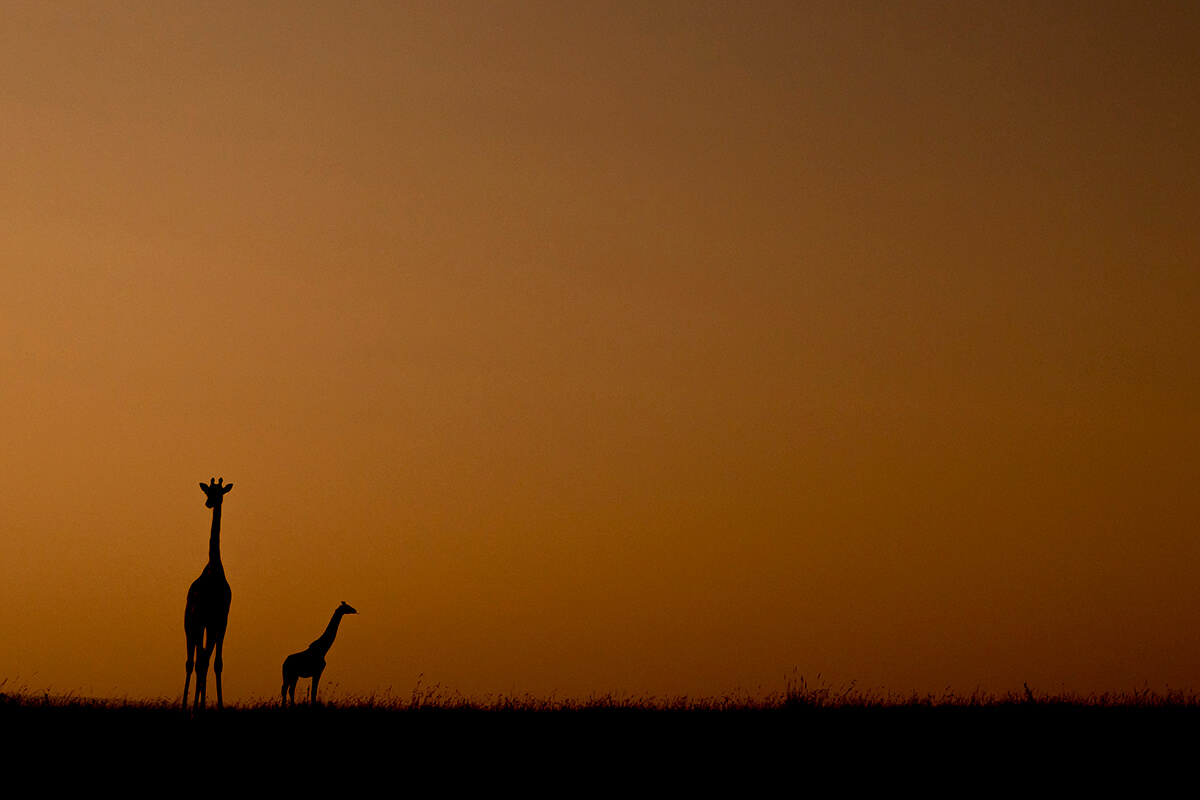
How Long to Spend in a Kenya Safari
The ideal duration for a Kenya safari depends on your preferences and the areas you want to visit. A typical safari lasts between 7 to 10 days. If you’re short on time, a shorter trip focusing on key parks like the Masai Mara or Amboseli is still worthwhile.
For a more immersive experience and to explore multiple regions, a longer trip may be more rewarding. Keep in mind that the time spent in transit between parks can add up, so plan accordingly to make the most of your safari experience.
Best Time to Plan a Trip to Kenya

Best Time
January, February and from June to September
To enjoy a self-guided trip to Kenya, the best months are those that coincide with the dry season. The weather is particularly good from June to October and during January and February.
From June to September, although there are more tourists, you can witness the spectacular wildebeest migration. This makes these months exceptional for visiting the park. At the end of August and the beginning of September, the famous Mara River crossing by the wildebeest occurs, as they migrate from Masai Mara to Serengeti.
High Season
From June to December
The most touristy part of Kenya is its national parks, especially the Masai Mara National Reserve, Nakuru National Park, and Amboseli National Park. The high season in these parks runs from June to December. However, the months with the highest number of visitors are July, August, and September, which coincide with the great wildebeest migration in Masai Mara.
During these months, prices rise significantly. It’s also necessary to book some of the more popular accommodations in advance.
Low Season
From January to May
The first five months of the year are generally less touristy in Kenya. The low season is particularly noticeable during the rainy months of March, April, and May. These months are ideal for finding better deals. With fewer vehicles in the national parks, it may be more challenging to spot animals (fewer eyes searching), but you can enjoy extraordinary sightings without other cars or noise—an incomparable experience.
Although there are no wildebeests in Masai Mara during these months, the big predators (lions, leopards, and cheetahs) are still there and can be seen just as frequently.
Best Weather
From June to September, January and February
From June to September, it hardly rains in Kenya. These months mark the dry season, making it an excellent period for safaris. They are also the coldest months, and morning temperatures can drop as low as 10°C.
Between January and February, rain is minimal, although occasional showers can occur.
Rainy Season
From March to May and from October to December
The main rainy season in Kenya occurs between March and May. These months are characterized by long periods of rain, high humidity, and mostly cloudy skies, leading to an increase in vegetation. Intense rainfall can make some of the roads in national parks impassable.
In November and December, only short rains are common, usually in the afternoon or at night, having minimal impact on safaris.
The Best Kenya Destinations
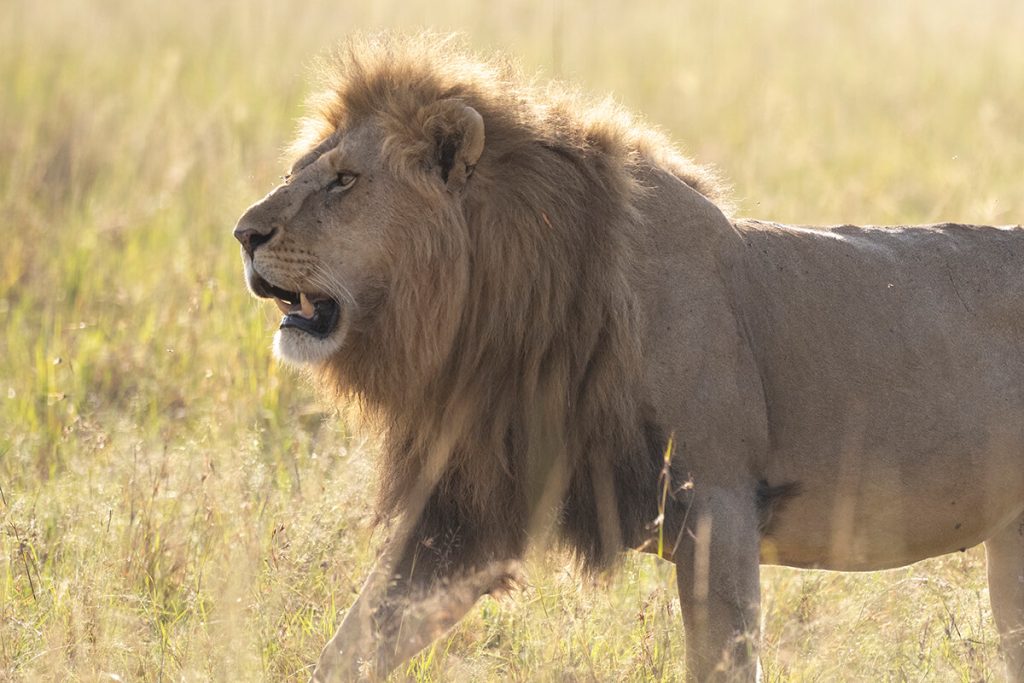
Masai Mara National Reserve
The Masai Mara National Reserve is a unique natural area in Kenya, famous for its rich wildlife and vegetation. It’s an excellent place to spot iconic animals such as lions, elephants, cheetahs, leopards, and giraffes. From July to October, you can witness the Great Wildebeest Migration.

Samburu National Reserve
The Samburu National Reserve is one of the most distinctive areas for going on safari in Kenya. Its arid landscape creates a very different environment and allows you to see unique animals. It’s also a great place to try spotting leopards.

Lake Nakuru National Park
Lake Nakuru National Park is a nature reserve famous for its large salt lake and high concentration of birds, especially flamingos. You can also find leopards, tree-climbing lions, baboons, Rothschild’s giraffes, and rhinos.
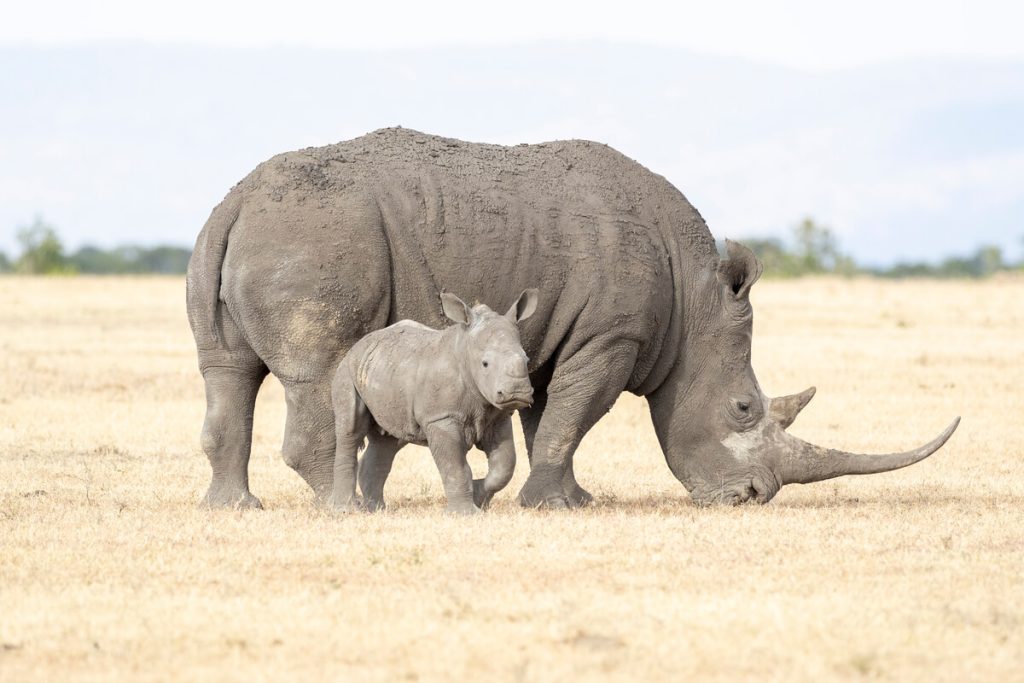
Ol Pejeta Conservancy
Ol Pejeta Conservancy focuses on protecting endangered species like the northern white rhino. It’s home to a chimpanzee sanctuary and offers safaris to spot elephants, giraffes, rhinos, lions, and more. The conservancy supports sustainable tourism and local conservation efforts.

Amboseli National Park
Amboseli National Park is famous for its stunning views of Mount Kilimanjaro and large herds of elephants. It’s one of the best places in Kenya to observe wildlife up close, including lions, cheetahs, zebras, and buffalo.
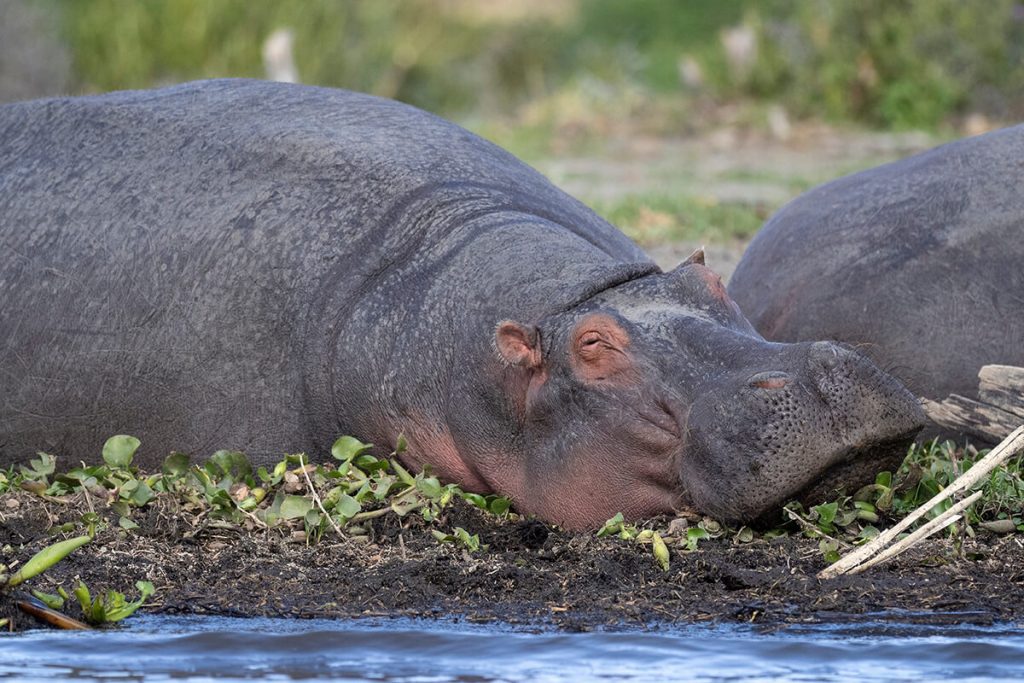
Lake Naivasha
Lake Naivasha is a 140 km² freshwater lake, home to a variety of wildlife including birds, hippos, zebras, and water antelopes. A boat safari is the best way to experience these amazing animals in their natural habitat, surrounded by beautiful scenery.

Tsavo East National Park
Tsavo East National Park is one of Kenya’s largest reserves, famous for its vast landscapes and large elephant herds. It’s home to diverse wildlife, including lions, giraffes, and zebras, making it a great safari destination.

Tsavo West National Park
Tsavo West National Park is renowned for its stunning landscapes, from volcanic hills to wetlands. The park is home to a diverse range of wildlife, including elephants, lions, leopards, and rhinos. Its varied terrain offers excellent opportunities for safaris and wildlife viewing.
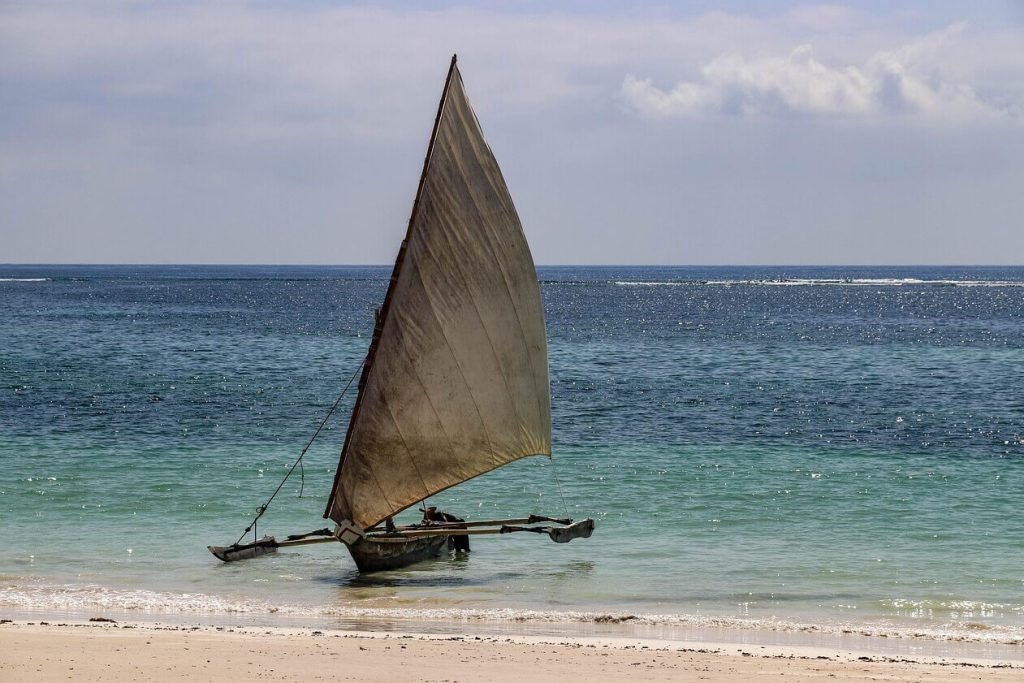
Diani Beach
Diani Beach is a beautiful stretch of coastline on Kenya’s south coast, known for its white sandy beaches and clear turquoise waters. It’s a popular destination for water sports, relaxation, and wildlife encounters, including marine life and nearby nature reserves.
Kenya Safari Planning: All My Travel Guides
Safari in Lake Nakuru: Rhinos, Flamingos, and More
Lake Nakuru National Park is one of the most iconic parks and a must-visit when traveling to Kenya. It’s a […]
Read MoreLocal Tour Operators in Kenya: The best ones for an Unforgettable Safari
Trusting a local tour operator in Kenya to organize your safari is an excellent decision when planning this type of […]
Read MoreSafari in Kenya or Tanzania: which one is the best
Deciding whether to go on a safari in Kenya or Tanzania is often one of the first questions when planning […]
Read MorePlanning a Safari in Masai Mara: Essential Tips
A safari in the Masai Mara is often the highlight of any trip to Kenya. The vast savannahs of this […]
Read MoreLake Naivasha: The Best Places to See Hippos in Kenya
Lake Naivasha is one of Kenya’s most stunning natural wonders. Located at an altitude of 1,884 meters, it’s the only […]
Read MoreSafari in Samburu National Reserve: A Complete Guide
Samburu National Reserve, located in central Kenya, is one of the most unique places to go on a safari in […]
Read MoreOl Pejeta Conservancy Safari: 10 Reasons to Visit
Ol Pejeta Conservancy, located in Kenya’s Laikipia Plateau, is one of the country’s most important conservation areas. This non-profit reserve […]
Read MorePlanning a Trip to Kenya: My 11-Day Itinerary and Experience
During the preparation for my planning a trip to Kenya, I was clear that I wanted to spend at least three days in Masai Mara and visit the Samburu National Reserve. I considered joining a group tour, as traveling solo significantly increased the cost. However, none of the available tours fit my preferences. They all visited many national parks but had fewer safaris, which didn’t align with what I enjoy. I prefer visiting fewer places but exploring them in more depth. This way, less time is spent on transfers, and I can dedicate more days to doing safaris within the parks or national reserves.
That’s when I decided to book the safari with a local tour operator who could arrange a private and customized itinerary.
When planning the itinerary together with the local agency, I made sure to include Masai Mara safaris, as they are unparalleled. But I also knew it wasn’t advisable to start with this park—better to approach it progressively.
I began by heading north from Nairobi towards Samburu National Reserve. On the way, I made a stop to visit Ol Pejeta Conservancy, a reserve where I could also go on exciting safaris while supporting their important rhino conservation project.
The next day, I arrived at Samburu National Park, where I stayed for two nights. This park, known for its arid climate, offers unique experiences with several species of animals that are only found here in Kenya. It is also famous for being one of the best places to see leopards—one of my favorite animals.
From there, I continued towards Masai Mara, making a stop at Lake Naivasha. This 139 km² lake is a fantastic spot to see a wide variety of birds and some mammals, such as zebras, waterbucks, and warthogs.
Finally, I reached Masai Mara, one of the most fascinating places in the world. The ultimate safari destination in Africa, where I hoped to spot the big three cats of the savannah: lions, leopards, and cheetahs. After carefully analyzing the park’s areas, I chose to stay near Talek Gate. Staying outside the park is more affordable, but the location is less convenient. However, staying near Talek Gate allowed for quick access to some of the best areas for wildlife viewing.
To finish off the trip, I spent two nights at Lake Nakuru National Park. This park offers one of the most beautiful environments in Kenya and is an excellent place to see rhinos, Rothschild giraffes, and, with a bit of luck, the famous tree-climbing lions.
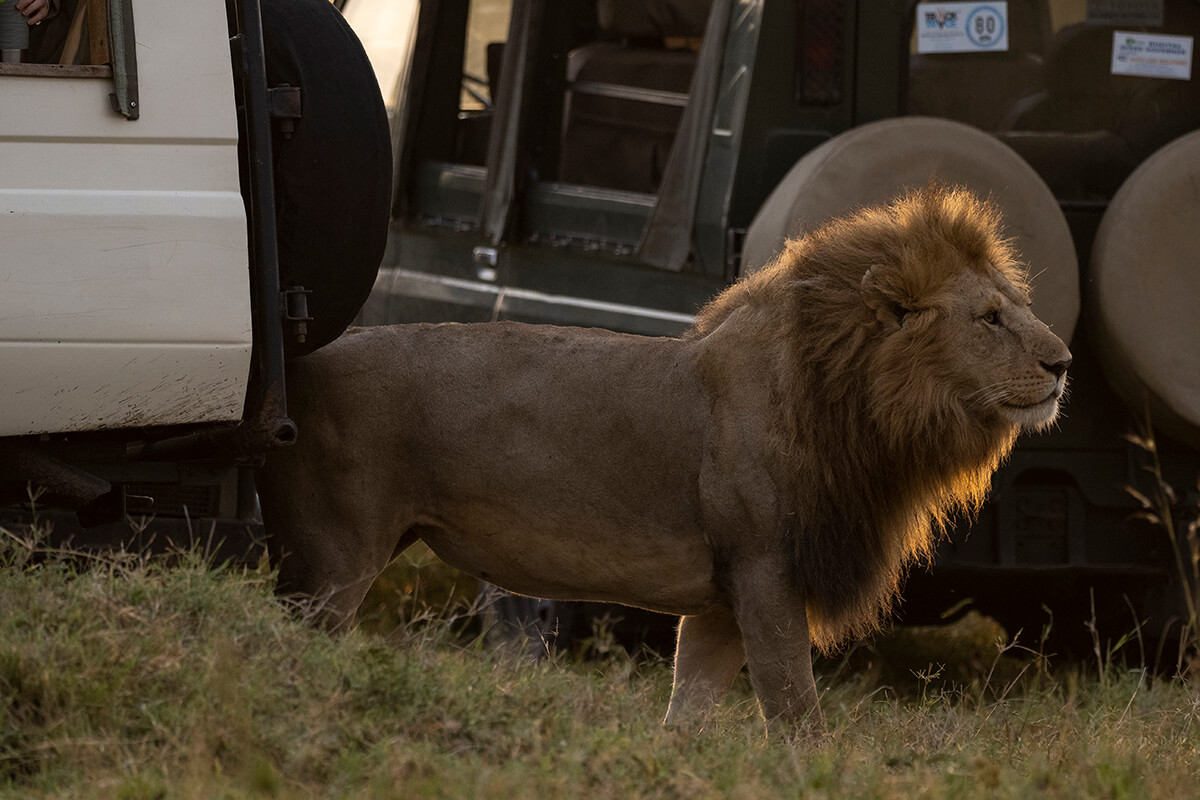
A Complete Safari Itinerary in Kenya: My Day-by-Day Experience
Day 1: The Rhinos of Ol Pejeta Conservancy
When planning a trip to Kenya, I booked my safari with a local Kenyan operator, and the first step was meeting John, the guide from the agency. He would accompany me throughout the journey. The first stop on the itinerary was Ol Pejeta Conservancy, located about four hours from Nairobi by car. However, the journey took longer than expected. After two hours, one of the van’s tires popped. The spare tire wasn’t the ideal one for safaris, so we had to stop by a mechanic in the town of Nanyuki. Once the problem was fixed, we continued toward the reserve entrance.
Ol Pejeta is a non-profit conservation area dedicated to wildlife preservation and generating income through wildlife tourism, which is reinvested into conservation and community development. The conservancy is home to the highest population of black rhinos in East Africa. Additionally, they are running a project aimed at preventing the extinction of the northern white rhino.
I entered the reserve through the Rongai Gate. After all the delays, I barely had enough time to visit the enclosure housing the last two northern white rhinos: Fatu and Najin. Learning about their story and significance was moving, and it felt good to support the organization’s work financially.
In the late afternoon, I went on my first safari of the trip. I spotted my first zebras, giraffes, elephants, and even a white rhino with its calf. The highlight came just before sunset when my guide located a group of lionesses with their cubs. There were no other vehicles around, and it was a magical experience to observe them interacting with one another.
Where I stayed in Ol Pejeta?
I stayed at Ol Pejeta Stables, located within the conservancy. This simple and affordable accommodation allows for more extended safari hours, with a price of $55 per night, including full board. It was a great option for the first night of the trip.

Day 2: From Ol Pejeta Conservancy to Samburu National Reserve
I begin the second day of my trip to Kenya with a safari through the savannah of Ol Pejeta Conservancy. Starting the safari early is key to seeing more animals and capturing the best light. I enjoy stunning views of Mount Kenya, with a group of white rhinos walking in front of me. I also spot a black rhino hidden among the vegetation, and the zebras, elephants, and giraffes are more than happy to pose for photos.
By mid-morning, as the heat begins to rise, it’s time to continue heading north toward Samburu National Reserve. As we approach, the landscape becomes increasingly arid and desert-like. I even spot herders tending to camels along the way.
I arrive at Samburu by noon and head straight to the accommodation. During such heat, animals are rarely visible, and the best times for safaris are early morning and late afternoon.
I begin the safari at 4:30 p.m., discovering the stunning landscape of the reserve. In the arid and semi-desert terrain of Samburu, the only source of water is the Ewaso Nyiro River. However, by mid-February, after months of drought, the river is completely dry. Only elephants are capable of finding hidden water holes beneath the earth. The iconic tamarind palms rise above the sparse vegetation and terrain.
After observing a group of elephants walking along the dry riverbed, my guide suggests we focus on finding the “Special 5” of Samburu. These are five species found only in this reserve in Kenya: the Grevy’s zebra, reticulated giraffe, Somali ostrich, giraffe antelope, and oryx. I’m fortunate enough to spot all of them and end the day with an unforgettable sight: a group of three cheetahs feeding on a freshly caught Thomson’s gazelle.
Where I stayed in Samburu National Reserve?
I stayed at Samburu Riverside Camp, an eco-friendly camp inside the Samburu Reserve. The camp offers tents with beds and private bathrooms, and its great location made it a very affordable choice.
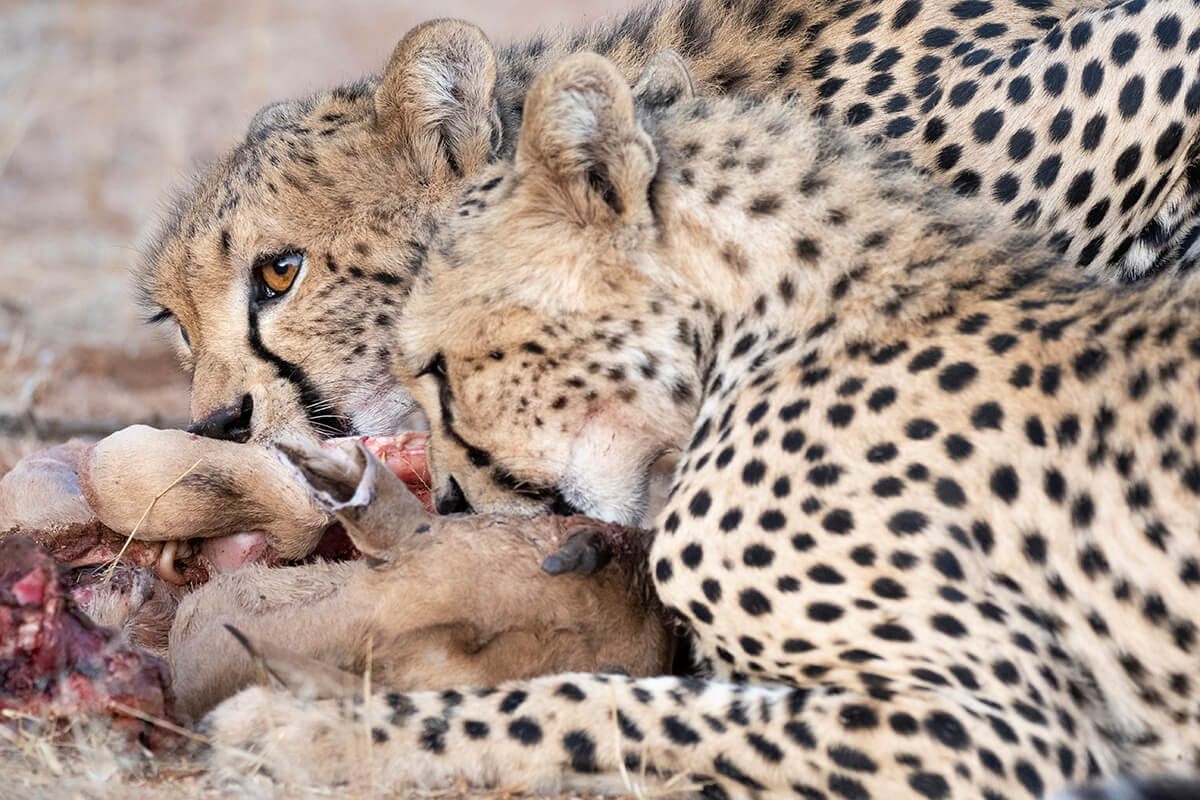
Day 3: Samburu National Reserve
Sleeping inside Samburu Reserve, separated from the savannah only by the thin fabric of my tent, is an incredible experience. While lying in bed, I can hear elephants, alarm calls from monkeys, and even the roar of a lion.
Before the sun rises, I’m already in the vehicle, ready to start the safari in Samburu Reserve. I dream of spotting one of the famous leopards, which often walk along the dusty tracks of the park. Just a few minutes into the safari, we find tracks of this elusive cat. We follow them for a while, but they soon disappear, likely from a few hours earlier.
During the morning safari, I see elephants around the Ewaso Nyiro River, along with a large group of reticulated giraffes. As the heat intensifies, we return to the accommodation for a rest.
At 4:30 p.m., I head out for the afternoon safari. We have about two hours before darkness sets in, but they are the most intense hours. We drive along different tracks through the park’s dry savannah, hoping to spot a big cat. Unfortunately, no luck. However, the sunset within Samburu Reserve is always breathtaking. The landscape is simple and minimalist but filled with beauty.
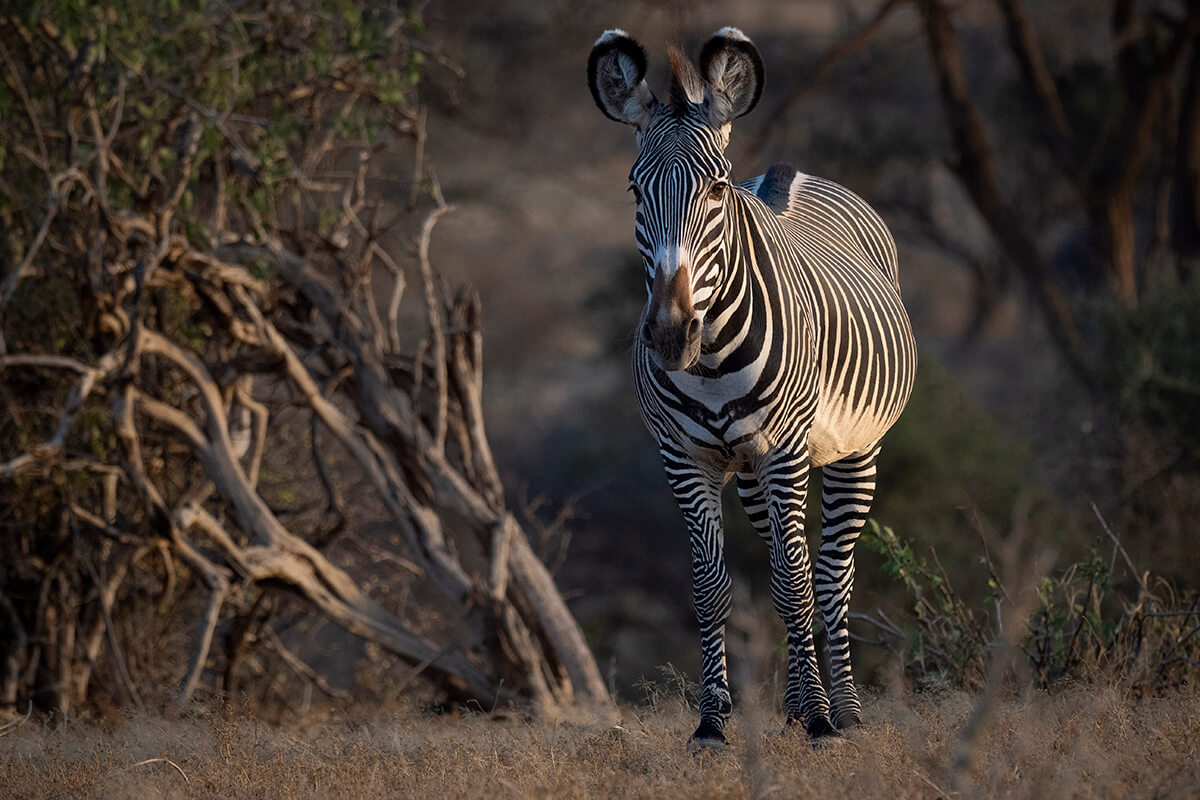
Day 4: From Samburu to Lake Naivasha
During the final safari in Samburu, the big cats remain elusive. Still, I can’t get enough of exploring the reserve and observing the other animals. Since my arrival in Samburu, I’ve been fascinated by the small dik-dik antelopes. I take the opportunity to photograph a couple near the trail.
Around 10 a.m., we leave the national reserve and head towards Lake Naivasha. The journey is long, about seven hours by car. We stop briefly at Thomson’s Falls, the highest waterfall in the country.
I arrive at the lake around 4 p.m. and immediately take part in the main activity here: a boat safari. This small boat ride on the lake allows us to see abundant birdlife, hippos, and also some zebras and water antelopes. Many locals offer this tour, and I book it through Lake Naivasha Crescent Camp for $30.
During the ride, I spot a wide variety of birds, including pelicans, kingfishers, African bee-eaters, and majestic African fish eagles. We also pass close to some groups of hippos, and I’m amazed by a tiny five-day-old calf. The boat also takes us to Crescent Island, but we don’t disembark. Crescent Island is famous for its walking safaris among zebras, giraffes, and other herbivores.
Where I stayed in Lake Naivasha?
I stayed at Dovenest Lodge, located about 20 minutes from Lake Naivasha. It’s a good budget option for those looking to stay outside the park, offering a comfortable but basic stay.
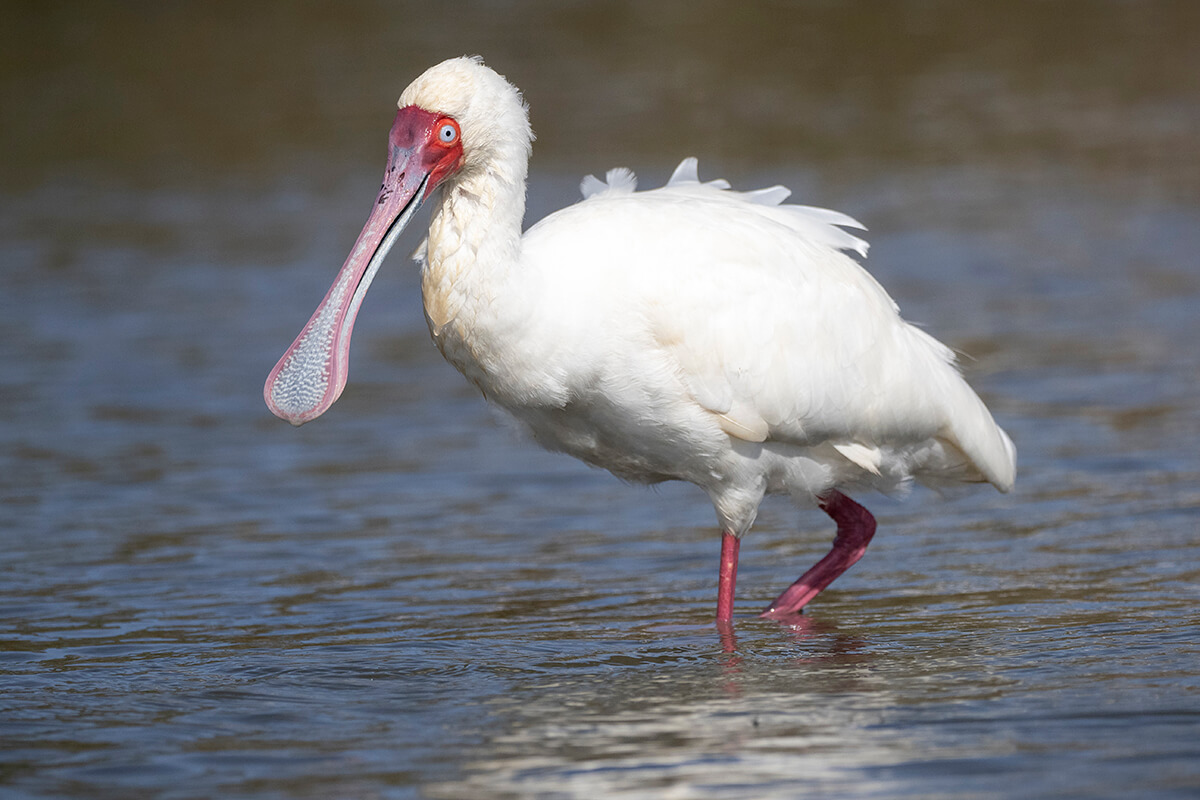
Day 5: From Lake Naivasha to Masai Mara National Reserve
Traveling to Kenya independently also means being prepared for the unexpected. The roads are often in poor condition, the vehicles are usually old, and mechanical issues are common. In my case, nothing serious happens, but the vehicle starts to malfunction, and we need to visit a mechanic.
This results in spending over four hours at two different mechanics before the issue is resolved. Although the drive from Lake Naivasha to Masai Mara is only about three hours, I don’t arrive at the reserve entrance until 6 p.m.
Unfortunately, I miss an afternoon safari in Masai Mara, but there are still plenty of days to enjoy this incredible area. Fortunately, the park rangers allow us to enter the Masai Mara after 6 p.m., from Sekenani Gate to Talek Gate, where my accommodation is located. Watching the sunset colors over the savannah, with the silhouettes of trees, zebras, and topis, is magical—a preview of the great scenes the Masai Mara will offer.
Where I stayed in Masai Mara?
I stayed at Masai Mara Crocodile Camp, just 2 minutes from the Talek Gate. This camp offers great views of the Talek River and the Mara plains, with simple tents and a bathroom.
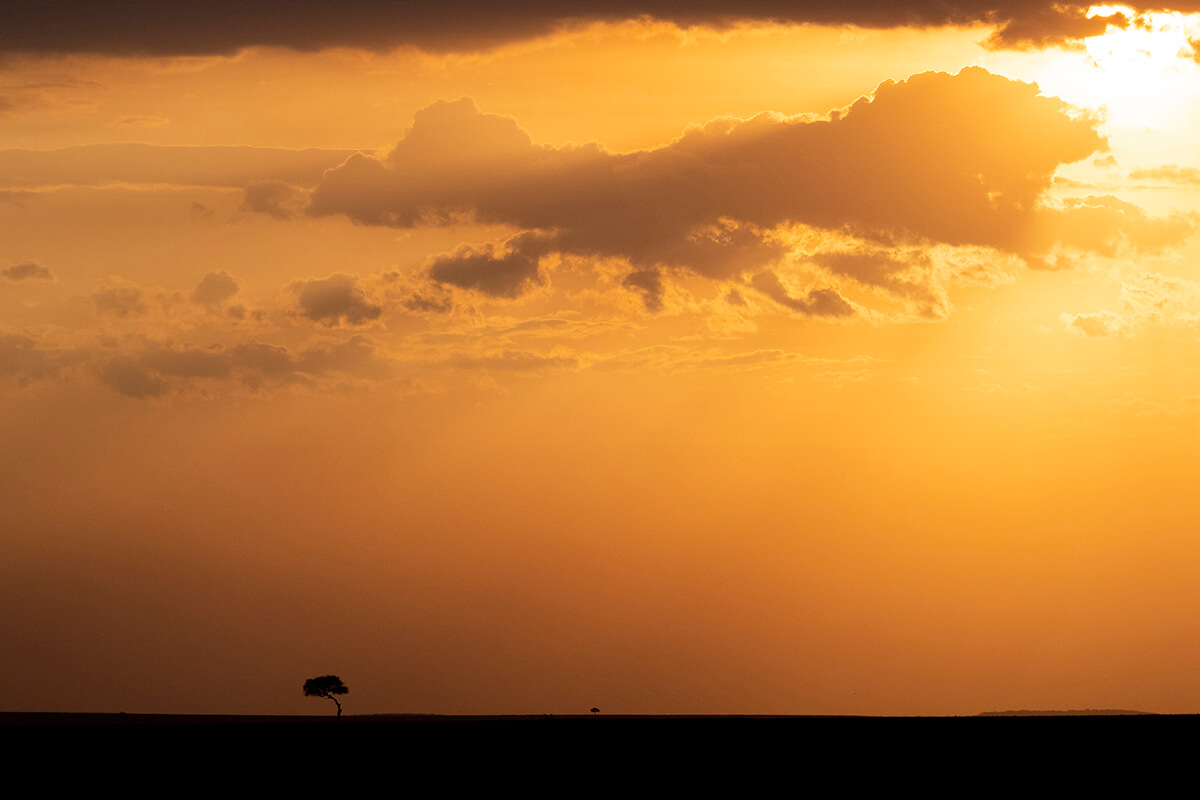
Day 6: First Day of Safari in Masai Mara
I begin the first safari in Masai Mara National Reserve, one of the best places in the world to see big cats like lions, leopards, and cheetahs. With a little luck and a good eye, it’s possible to spot them.
After seeing hyenas, jackals, wildebeests, and zebras, we spot a huge male lion walking through a meadow. It’s an amazing moment. Following the lion’s path, we discover a group of lions and small cubs nearby. It’s the Rongai pride.
After spending some time observing the cubs, about three or four months old, and the adult lionesses, I continue exploring the Masai Mara. Not long after, we come across a group of vehicles parked near a tree, which is often a sign of something interesting. There’s a leopard resting among some bushes.
I end the day in the best possible way: by watching a pair of cheetahs. I feel incredibly fortunate to have seen all three of the big cats during my first day in Masai Mara.
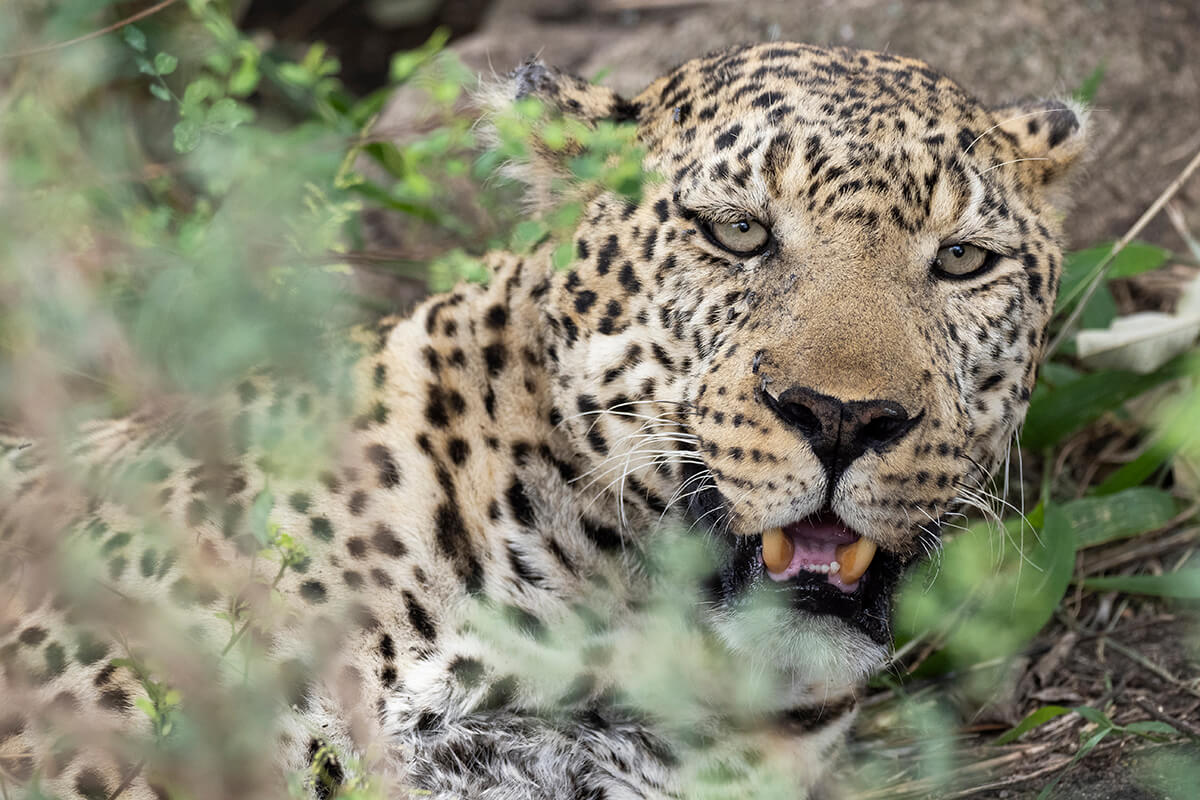
Day 7: Second Day of Safari in Masai Mara
On the second day in Masai Mara, instead of doing a full-day safari, I opt for a morning and an afternoon safari. I want to be in the park during the hours when animals are most active. During midday, the heat is intense, and the animals are less active.
The morning safari is unforgettable. I begin by spotting a cheetah lit by the early morning sun, followed by an hour observing the young lions of the Rongai pride. To top it off, I see a leopard mid-morning. I also photograph a large group of elephants gradually approaching the vehicle.
In the afternoon, I head directly to the area where the lion pride has been. They’re still there. The hours pass quickly as I watch them.
At sunset, we’re surprised by a heavy rainstorm. When it rains, Masai Mara’s tracks become a slippery mess. It’s essential to be in a 4×4 with good tires.
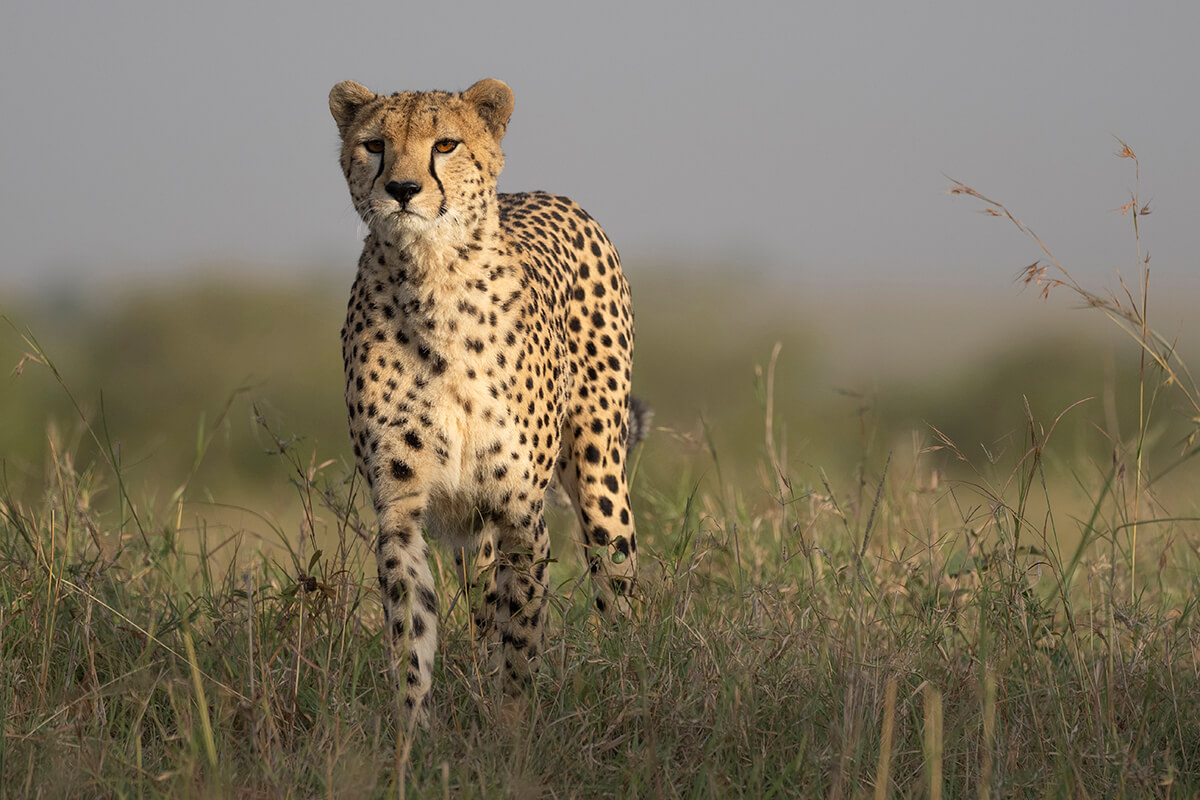
Day 8: Third Day in Masai Mara
The main attraction on the final day in Masai Mara is the lions. After watching the sunrise surrounded by the full Rongai pride (including the two males), I suggest to my guide that we explore new areas. I’m eager to see more of Masai Mara.
After half an hour of driving, we find two lions feeding on a freshly caught zebra. It’s a raw and powerful sight.
Before stopping at midday, we see a wide variety of animals on our way back to the accommodation: zebras, topis, Thomson’s gazelles, elephants, giraffes, and several Derby elands (the largest antelope species in the world).
In the afternoon, we return to the same area where we saw the lions in the morning. Once again, I spend a lot of time photographing the young cubs of the Rongai pride. I also get to see the two male lions that hunted the zebra earlier.
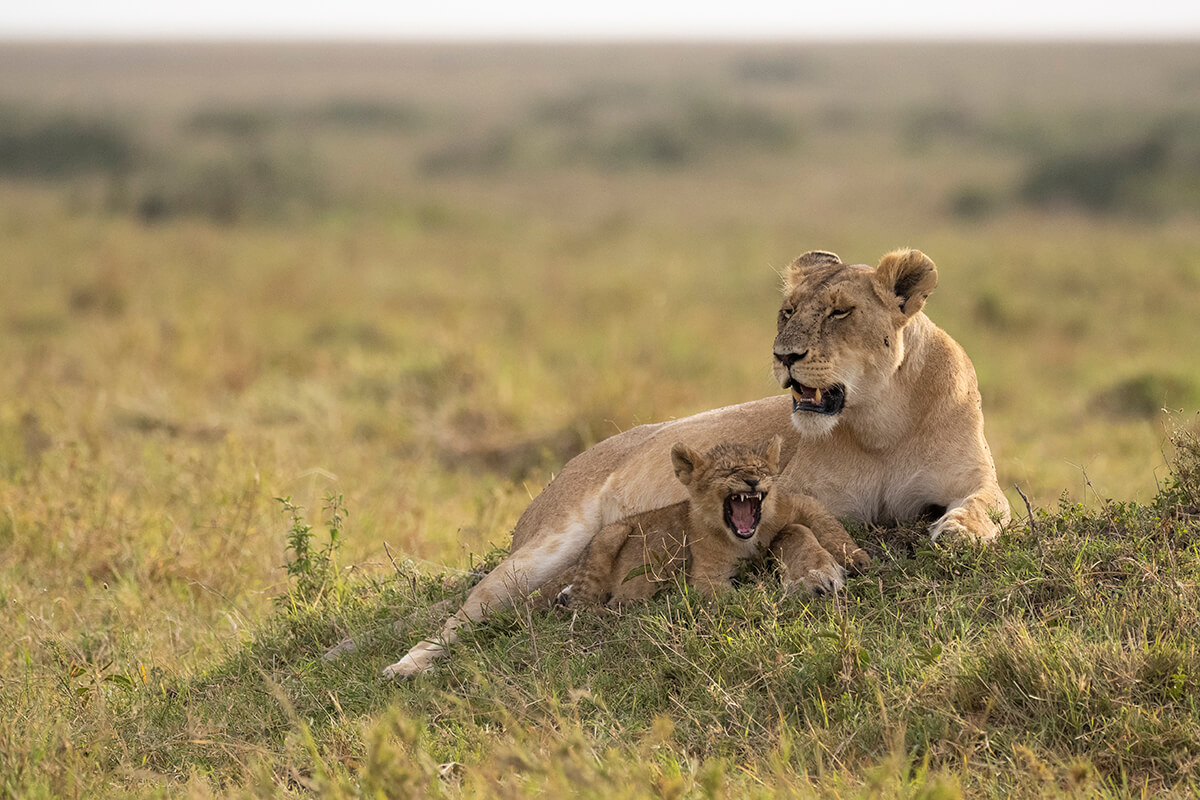
Day 9: From Masai Mara to Lake Nakuru National Park
All the days in Masai Mara have been spectacular, but it’s time to leave the reserve. I have just a few final hours of safari. As my guide drives, I notice there are fewer animals. Overnight rain has caused them to scatter and move to new areas. We’re also informed that the Rongai lions have left the spot where we saw them.
My guide suggests we head toward the border with Serengeti to see what we can find. Surprisingly, there are still few zebras or topis. I only see a few Thomson’s gazelles, a couple of hyenas, and some birds. Just when it seems like it’s going to be an unproductive day, I spot a small figure moving through the grass. It’s a serval, one of Masai Mara’s most elusive cats. We get a brief glimpse of it before it disappears into the bushes.
With this incredible sighting, we head toward Sekenani Gate to leave Masai Mara. From there, it’s about a four-hour drive to Lake Nakuru. Tomorrow will be the day to explore that national park.
Where I stayed in Lake Nakuru?
I stayed at Lake Nakuru Lodge, which is located inside the national park. The lodge offers stunning views of Lake Nakuru and features a small waterhole right in front, attracting various wildlife. The rooms are comfortable, and the facilities are well-equipped, making it a perfect base for exploring the park.
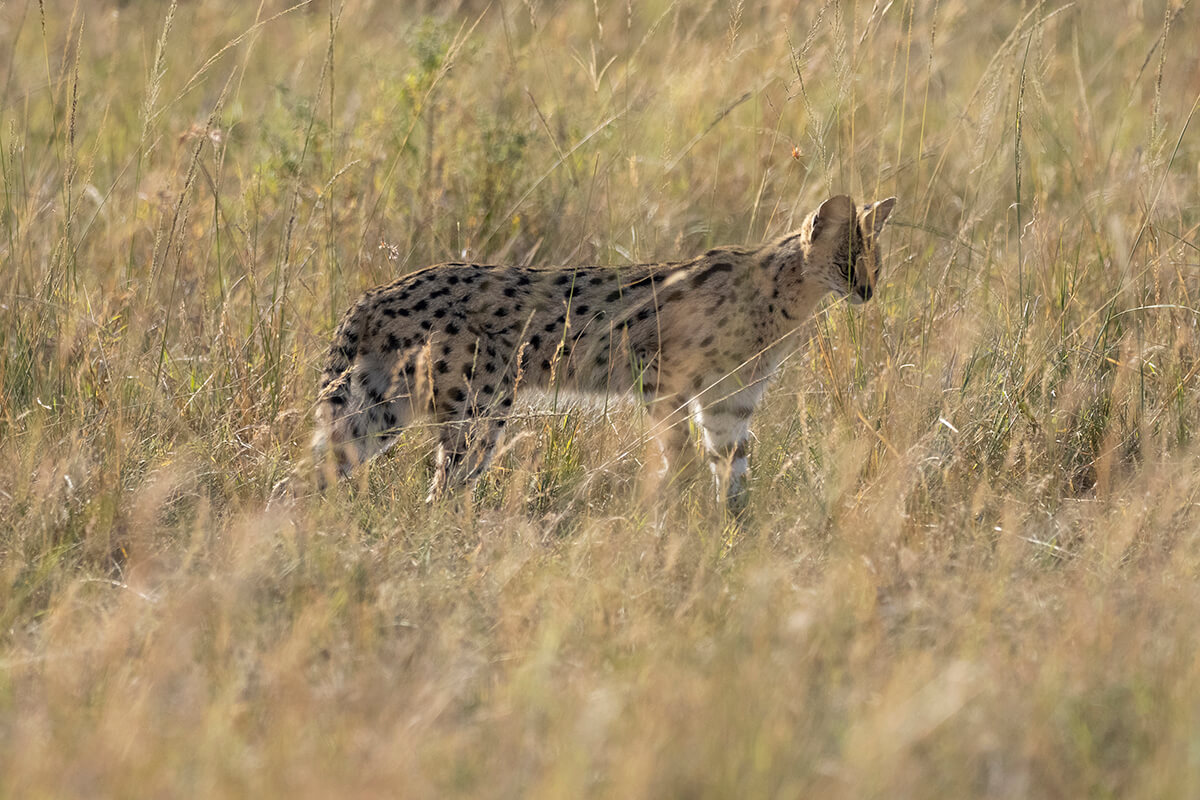
Day 10: Lake Nakuru National Park
Lake Nakuru National Park is located in the southern part of the Great Rift Valley. The park’s emblem is its lake, which is home to thousands of flamingos. The number of flamingos has decreased in recent years, but it’s still an impressive sight.
The park is also one of the best places in Kenya to see both white and black rhinos, as well as Rothschild giraffes. Lions and leopards also live here, but they’re harder to spot.
I start the safari early in the morning, entering through Nderit Gate. I can already hear the loud calls of flamingos. We approach the car, and from there, I witness a beautiful sunrise. Then, we begin driving through the acacia forest, searching for rhinos, giraffes, and maybe a big cat. I’m lucky enough to see two black rhinos and three giraffes. A little further on, my guide finds lion tracks. We stay alert and move slowly, and just a few minutes later, I spot a young lion lying on a rock. While I photograph it, three lionesses appear. It’s an unexpected but amazing sight in this national park.
In the afternoon, when the temperature drops, we continue the safari. I see more giraffes, zebras, and buffaloes. The highlight, though, is a white rhino with her calf.
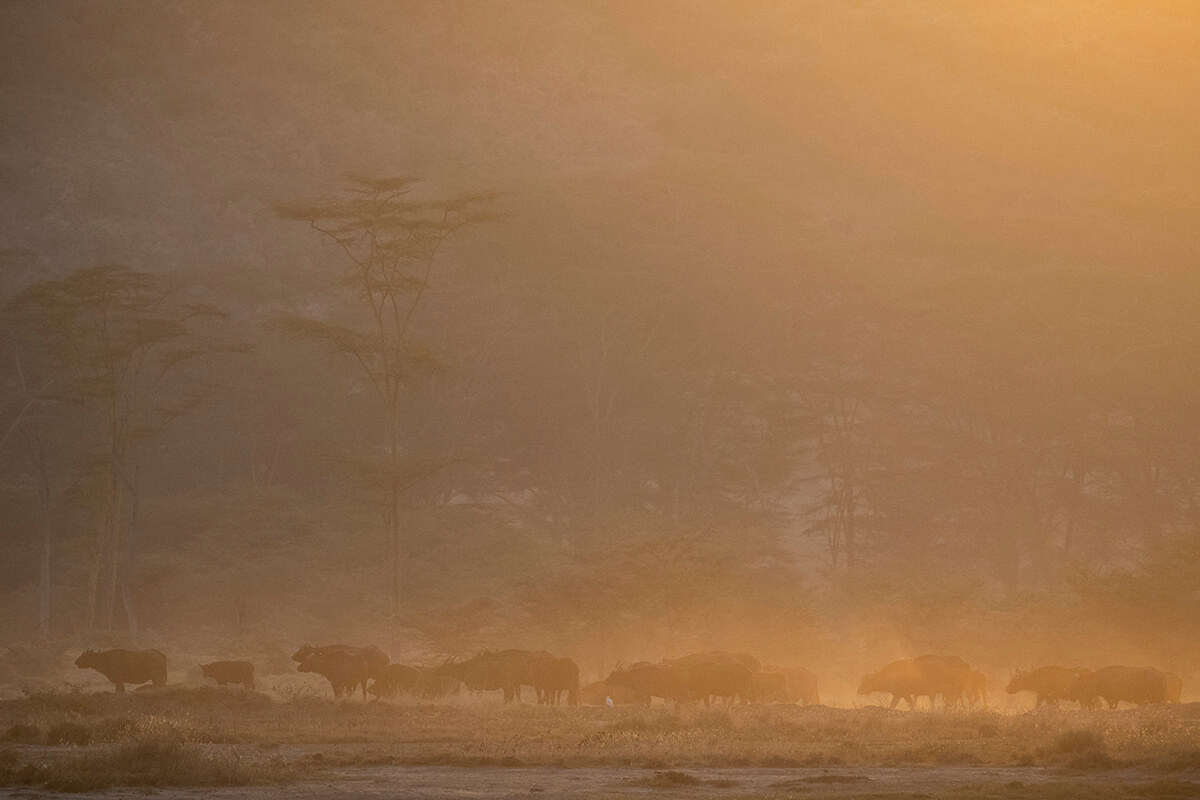
Day 11: From Lake Nakuru to Nairobi
The last few hours of my independent trip to Kenya are here. The final safari of this memorable journey. As we enter the park with the first light of day, our first stop is where we saw the lions the previous day. As soon as we arrive, we see an adult male lion disappearing behind a small hill. We’re only a few minutes late.
We continue moving through the area, and while I’m photographing a giraffe, a new lion appears. It’s an imposing male, walking calmly down the track. He’s headed toward where we saw the other male lion. We follow him slowly as he moves majestically.
Once we lose sight of the lion, we head to some parts of the park I haven’t seen yet. We drive along the lakeside track, where I see a variety of birds, including an African monitor lizard eating a fish.
At the end of the trip, just as we’re about to leave the park, I see the scene I was most hoping to see in Lake Nakuru National Park: two lions lounging atop a massive tree.
With that, the safari comes to an end, and it’s just the drive back to Nairobi—about 3 hours and 15 minutes by car.
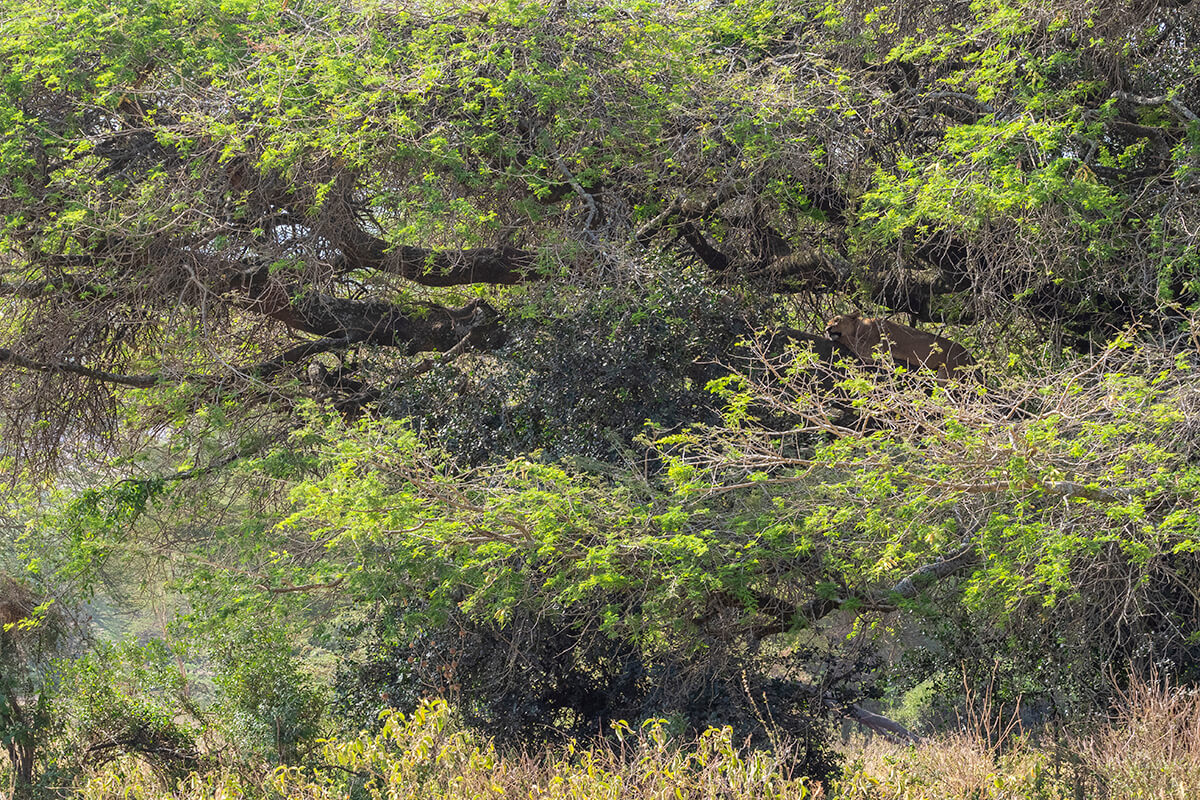
Planning a Trip to Kenya with a Local Tour Operator
If you prefer to simplify your trip to Kenya, a great option is to book a safari directly with a trusted local agency. By doing so, you can avoid intermediaries and access more affordable options. I’ve had the opportunity to book several trips directly with local agencies in Kenya, Uganda, Tanzania, and Botswana, and it has always been a very positive experience. If you’d like to connect with recommended local agencies, you can fill out this form, and I will send it to the agency or agencies I trust, ensuring they are the best fit for the type of safari you want to do.
You can also get inspired by these itinerary suggestions I’ve created together with the local tour operators I trust in Kenya:
9-Day Kenya Luxury Honeymoon Safari & Beach Escape
🏕️ Luxury Safari💰 From $2,690 per person
View Safari6-Day Kenya Safari: The magic of the Savannah
🏕️ Mid-Range Safari💰 From $1,730 per person
View Safari8-Day Kenya Mid-range Safari: The best national parks
🏕️ Mid-Range Safari💰 From $2,650 per person
View Safari10-Day Kenya Adventure Safari – The Very Best of Kenya’s National Parks
🏕️ Mid-Range Safari💰 From $1,650 per person
View Safari
